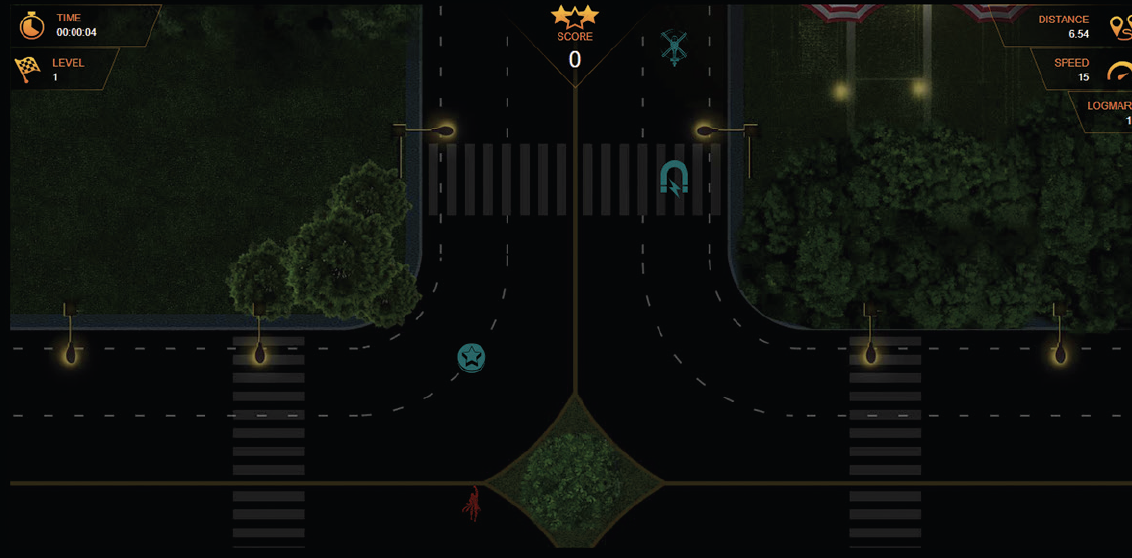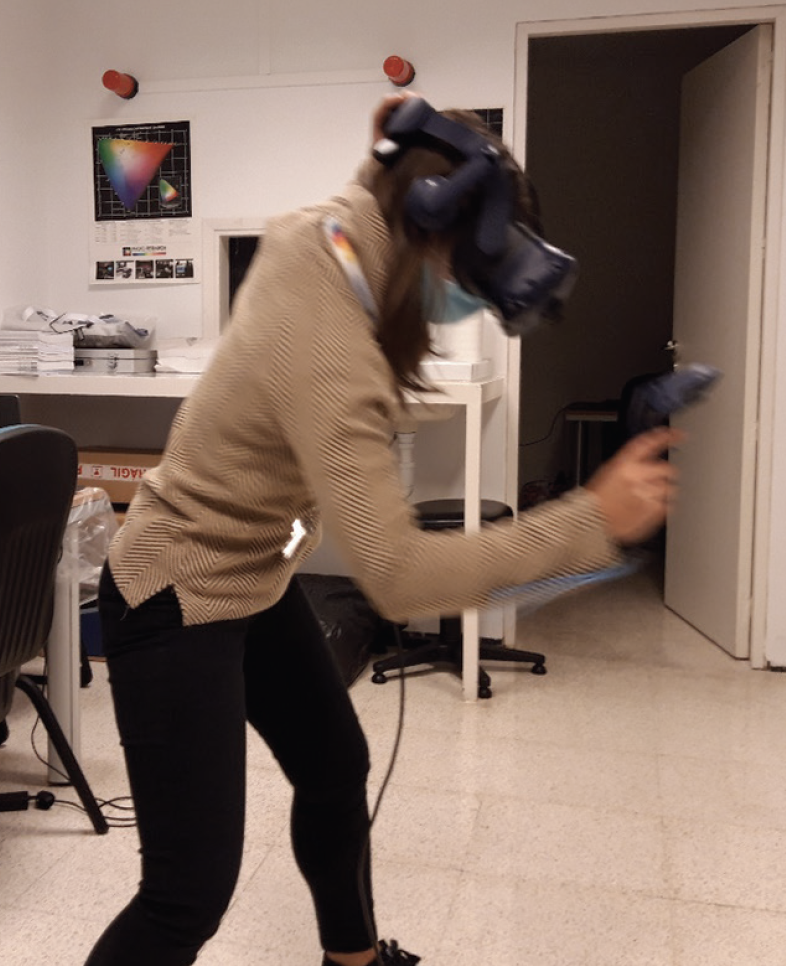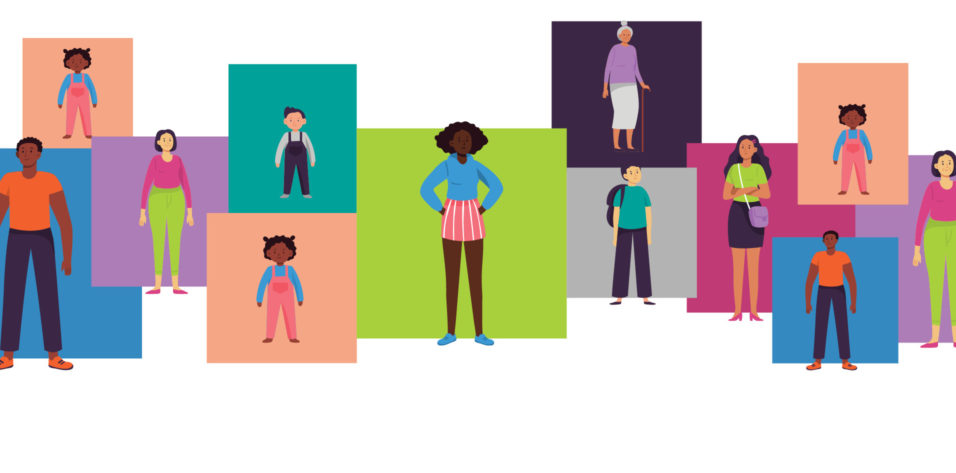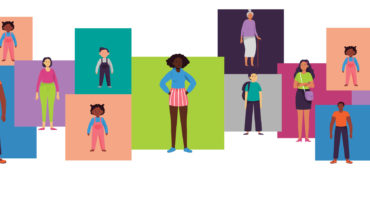
Amblyopia is a visual condition characterized by a unilateral or, rarely, bilateral decrease in BCVA in the absence of ocular pathology. Visual deficits such as decreased contrast sensitivity, perceptual abnormalities, accommodative and oculomotor dysfunctions, a decrease in or total absence of stereopsis, and fixation instability can accompany the reduction in visual acuity.1 Amblyopia generally occurs as a consequence of the interruption of binocular visual development during childhood in the presence of ocular deviation (strabismus) or differences in the refractive defects of the eyes with respect to each other (anisometropia).
THE CONVENTIONAL TREATMENT PATHWAY
The conventional treatment of amblyopia is twofold: (1) spectacle correction of the refractive error to provide a clear image to the visual system and (2) occlusion of the dominant eye to stimulate function of the amblyopic eye. Both the optical correction of the refractive error and surgery can compensate for the underlying conditions (ie, amblyogenic factors). Neither, however, guarantees resolution of the amblyopia. Adequate optical correction can resolve the amblyopia in up to 25% of children,1 but treatment should focus primarily on strategies that improve the input from the amblyopic eye with respect to the dominant eye. The goal is to rebalance binocular vision.
Conventional treatment has limitations. First, patient adherence to the occlusion regimen can be poor owing in part to their psychosocial environment. Repercussions of nonadherence include the persistence of residual amblyopia and relapses. Second, success with conventional treatment is dependent on the age of the patient. Brain plasticity is greater at a young age. The benefit of occlusion is therefore more pronounced in younger patients.2
NOVEL THERAPIES
New therapeutic approaches aim to optimize the management of amblyopia and expand the range of ages for which visual recovery can be obtained.
Active visual therapy. This approach uses noninvasive stimulation of the visual system through psychophysical stimuli that provoke a cortical response. Stimuli such as sinusoidal networks (Gabor patches) and letter optotypes are used in tasks of recognition, discrimination, and visual orientation/perceptual learning. Other stimuli include red-green anaglyph glasses for control and training of interocular suppression (dichoptic therapy; Figure 1).

Figure 1. Example of a dichoptic environment (Bynocs Vision Therapy Software, Bynocs) that is viewed through red-green glasses. Only one eye sees the red superman, and the other eye sees the rest of elements on the screen.
Serious games. Video games known as serious games can promote active visual therapy. The neuromodulatory action of the games can improve the attentional capacity of the players.1 Completing at least two 30-minute training sessions for a maximum of 6 days per week in perceptual learning environments with dichoptic stimulation can improve patients’ visual capacity.1-4 Treatment must be adapted to the patient’s characteristics, such as the presence of strabismus, fusion, or stereopsis; reaction time; level of visual acuity loss in the amblyopic eye; and age. Additionally, the stimuli and game environment should be adapted to the patient’s condition and desired clinical outcome.1
Virtual reality. Recently, the combination of virtual reality (VR) with dichoptic and perceptual learning training has been investigated as a potentially useful therapeutic option for achieving successful visual rehabilitation in patients with amblyopia (Figure 2). VR is immersive, which can improve the consistency and speed of rehabilitation. Current VR devices have limitations, however, including a lack of control of interpupillary distance and a convergence-accommodation conflict associated with the use of these devices.5 The results with VR-based training in amblyopia are promising,5 but randomized clinical trials are required to confirm them. Additionally, a standardized protocol for performing training with this technology in patients with amblyopia must be created.

Figure 2. A VR system is used for visual training.
PATIENT CARE
Patients with amblyopia must complete a baseline evaluation that includes analysis of their visual acuity, refraction, contrast sensitivity, sensorial fusion, stereopsis, and oculomotricity. The tests that are used should be adapted to the patient’s age.
The presence of a pathologic condition determines whether the amblyopia is organic. If strabismus is present, the patient’s eyes should be checked for fusion with the correction of the angle of deviation, the level of fixation stability of the amblyopic eye, and the type of retinal correspondence. Dichoptic treatment cannot be performed if there is an uncorrected manifest angle of deviation or if a sensorial adaptation is present and uncontrolled.
The combination of patching with visual training is a common practice for strabismic amblyopia. An initial monocular stimulation is required to achieve an appropriate level of monocular visual acuity to proceed with the subsequent phases of treatment. For patients with anisometropic or isometropic amblyopia, the first step is to correct the refractive error and then wait 1 to 2 months to see the effects of treatment. Afterward, the best way to proceed is with visual training or, if visual training cannot be performed or is not desired by the patient’s parents, patching.1-4
1. Hernández-Rodríguez CJ, Piñero DP, Molina-Martín A, et al. Stimuli characteristics and psychophysical requirements for visual training in amblyopia: a narrative review. J Clin Med. 2020;9:3985.
2. Hernández-Rodríguez CJ, Fukumitsu H, Ruiz-Fortes P, Soto-Negro R, Merino-Suárez M, Piñero DP. Efficacy of perceptual learning-based vision training as an adjuvant to occlusion therapy in the management of amblyopia: a pilot study. Vision (Basel). 2021;5:15.
3. Hernández-Rodríguez CJ, Piñero DP. Active vision therapy for anisometropic amblyopia in children: a systematic review. J Ophthalmol. 2020;2020:4282316.
4. Milla M, Piñero DP. Characterization, passive and active treatment in strabismic amblyopia: a narrative review. Int J Ophthalmol. 2020;13:1132-1147.
5. Coco-Martin MB, Piñero DP, Leal-Vega L, et al. The potential of virtual reality for inducing neuroplasticity in children with amblyopia. J Ophthalmol. 2020;2020:7067846.




